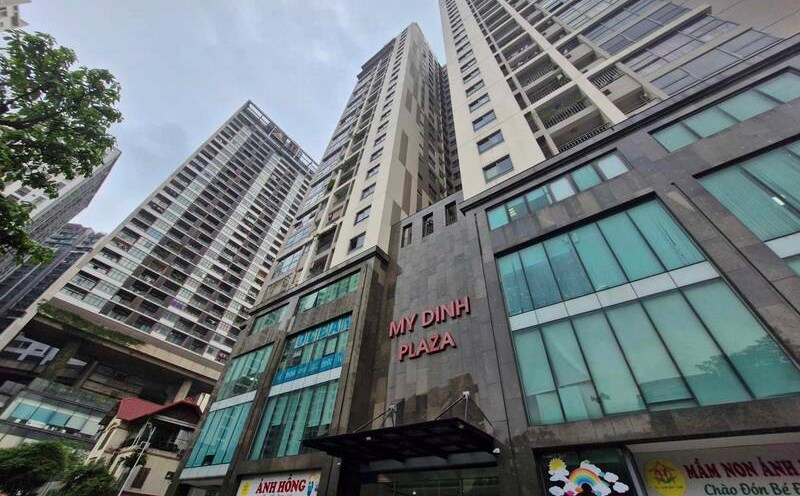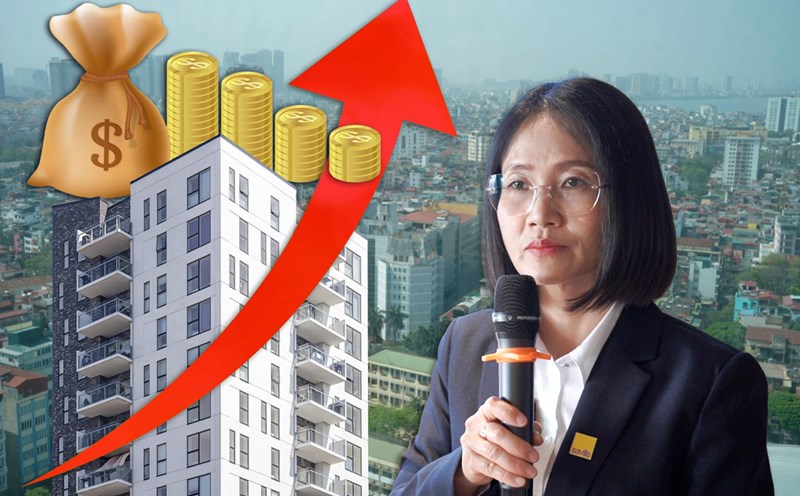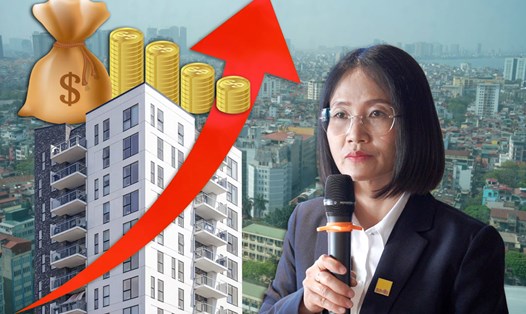Recent data from the website Batdongsan.com.vn shows that the Hanoi apartment market has started to stagnate since the end of 2024. Accordingly, the selling price and transaction volume at many projects are currently trending down compared to the same period.
For example, an apartment in Thanh Xuan district (Hanoi) with an area of 116m2, designed with 3 bedrooms, was advertised for sale at the beginning of 2025 at 83 million VND/m2, equivalent to more than 9.6 billion VND.
Up to now, because they have not found a buyer, the homeowner is willing to reduce the price to 78 million VND/m2, equivalent to more than 9 billion VND. Thus, after just over 1 month, the selling price has decreased by nearly 600 million VND.
Similarly, another apartment in Tay Mo ward, Nam Tu Liem district (Hanoi) with an area of 64m2, designed with 2 bedrooms at the beginning of the year was advertised for sale at 4.3 billion VND, now reduced to 4 billion VND.
At an apartment project in Ha Dong district, in early 2025, the owner here advertised for sale a 2-bedroom apartment, area 60-64m2 for 65-67 million VND/m2, and now it has all decreased to 61-62 million VND/m2.

Ms. Nguyen Hoai An - Senior Director of CBRE Hanoi - said that the slowdown in apartment prices in Hanoi is an understandable development after 2 years of rapid increase of 35-40%.
In previous quarters, housing prices could climb to 8-9% in August, but now they are only about 3%. According to experts, the reason is that many homeowners have begun to adjust selling prices after a period of "holding" high selling expectations.
Similarly, Ms. Do Thu Hang - Senior Director, Consulting and Research Department of Savills Hanoi - commented that another important reason for the decrease in secondary apartment prices comes from the change in investors' profit expectations.
In the context of high primary prices, buyers are increasingly tending to look to the secondary market to find more reasonable prices.
In the face of that reality, many investors who have achieved the expected profit level in the previous period are adjusting their strategies, accepting to narrow the profit margin to increase liquidity, and reallocate capital flows to other markets that are more suitable for new investment tastes. This move has contributed to creating a wave of price adjustments in the secondary market.
Ms. Hang said that the secondary price adjustment process is assessed to no longer be local but is taking place on a large scale, clearly reflecting the pressure to rebalance supply and demand in the market. However, the current decrease is still not attractive enough to create a large wave of transactions between sellers and buyers.
Ms. Hang predicts that secondary apartment prices will continue to decrease in the coming time, especially when buyers have more options and the market is gradually becoming more flexible.
On the contrary, assessing the prospects for primary apartment prices in the second quarter of 2025, the expert said that the possibility of price reduction is not high, but it is unlikely that there will be a hot increase like in previous stages.










